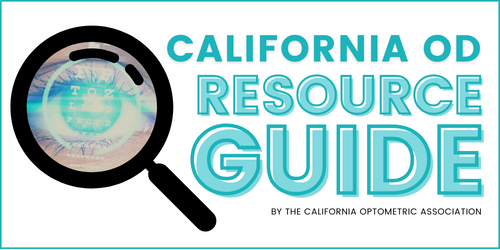Vision Therapy
You may be surprised to learn that 20/20 doesn’t actually mean “perfect vision” like many people assume it does. In reality, this measurement only refers to visual acuity at a distance of 20 feet. And, as any student struggling with reading assignments, professional enduring eyestrain or adult recovering from a head injury can tell you, vision is much more that this. Sight is the mere ability to see, but true vision is the result of a person’s ability to understand and interpret the visual information that comes to the brain through the eyes. The eyes are direct physical extensions of the brain; we see with our minds and brains not just our eyes.
For all of those people whose vision isn’t a good as it could be, vision therapy is a great option for improving visual abilities. How do you know if you have a vision problem?
Symptoms include:
Headaches
Losing place, re-reading lines
Eyestrain, fatigue, even with new glasses
Letter reversals, confuses similar-looking words
Double vision
Blurred vision after a short amount of reading
Slow reading, poor comprehension
Reduced attention span
Vision therapy, which works to develop and improve vision skills when prescription glasses alone are insufficient, is similar to physical therapy utilizing therapy techniques with lenses, filters, and prisms. The results vary based on each individual case, but some patients have noticed they read faster with better understanding and homework is no longer such a chore to complete. Others report that they work more efficiently at college or in the office. Patients of all ages have reported that reading is more fun, they have improved at sports, no longer experience headaches and that they overall have more self confidence.
Visual foundation skills are important because they are critical to learning. Only when a person has efficient visual understanding abilities can they fully benefit from classroom instruction or visual information presented to them.
There are many important vision skills needed for someone’s visual system to work efficiently that can be developed and improved through vision therapy:
Tracking: the ability to move and control your eyes along a line of print or to follow any type of moving object such as a ball. If eye movements are jerky and uneven, the visual information received can be distorted.
Fixation: the ability to have good “eye contact”; maintain attention, and hold eyes steady.
Focus change: the ability to control and focus your eyes clearly from far-to-near. This skill is important for students copying from the board on to their paper, and also for driving. It is necessary to be able to change your focus from the road to the instrument panel quickly and precisely.
Eye-teaming: the ability of the two eyes to work together as a team and to have “fusion,” a single image formed in the brain from the two eyes. Poor eye-teaming skills can be the cause of eyestrain, ocular fatigue and can impact reading skills.
Depth perception: is a vision skill directly related to eye-teaming and helps you see in 3 dimensions. This skill is related to sports performance, driving and parking a car and eye-hand coordination.
Peripheral vision: this skill relates to “side vision” and is important to understanding what is going on around you and where you are in space in relation to other people and objects.
Visual memory and visualization: a visual skill to help us remember, recall and “picture” in our minds things we’ve seen before. Visualization is the skill that we use to “see” what we imagine as we read or hear a story. Most great readers, writers and spellers have greatly developed visualization skills.
Visual perception and discrimination: a vision skill related to visual processing and the ability to quickly and accurately detect and notice small differences. Letter reversals and confusing similar looking words can occur in people with poorly developed visual discrimination skills.
Near vision acuity: clear, singular, comfortable vision close up for reading or computer work.
It is recommended that everyone receive an annual comprehensive visual examination from an optometrist that is a member of the California Optometric Association. If after the optometric examination, they are found to be a candidate for vision therapy they will then receive a Visual Efficiency/Visual Perceptual Evaluation as needed.
1.png)

1.png)


.png)




.png)
.png)
.png)
.jpg)
.png)
.png)
.png)
.png)
.png)
.png)

.png)

.png)
.png)
